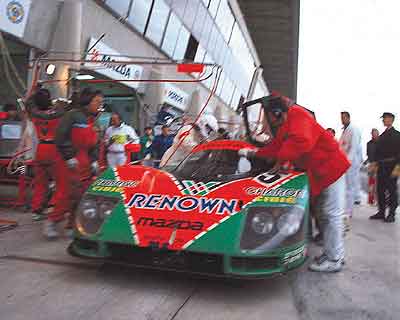 Here is a delightful problem which supplies remarkably little information. Here is a delightful problem which supplies remarkably little information.
A car needs a certain quantity of fuel to travel around a certain circular circuit. The exact quantity of fuel is distributed among a number of refuelling stations at fixed positions around the track. Our problem is this. Suppose the car begins with tank empty. Can it begin at some one of the refuelling stations and obtain enough fuel as it passes the remaining stations on the way round to complete the circuit? Obviously the total amount of fuel is sufficient. The danger is that the car may be stranded between stations. To avoid complications, we assume that the car’s tank can hold enough fuel for the car to complete a circuit.
|
|
Hints and strategies |